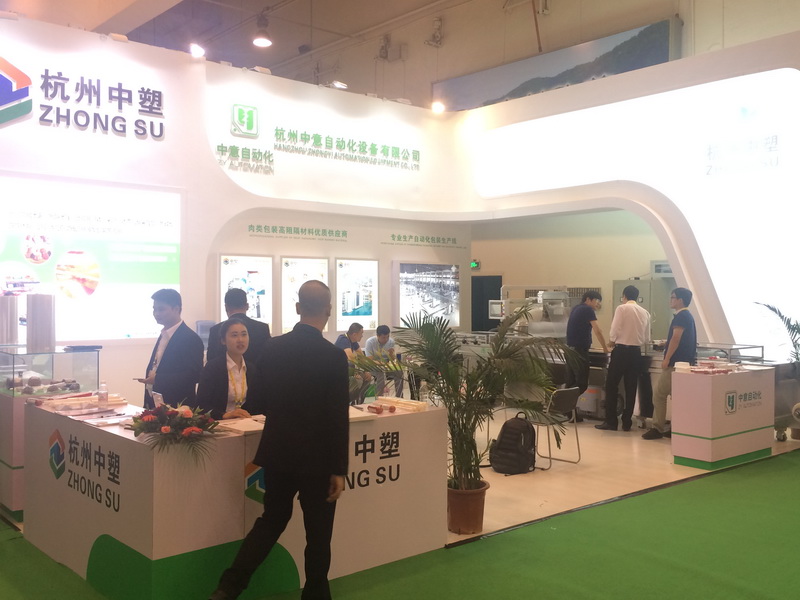Thermoforming holds many advantages that make it a favorable process over other types of molding. Some of these advantages include:
The ability to create several finished parts from the same material
It allows for the detection of possible design and fit issues before it is too late It saves time and money It is beneficial when using large parts Benefits of thermoforming The thermoforming process offers many benefits to both the manufacturer and end user. Some of these benefits include:Efficient
Cost-effective
Short lead time
Easy to add details
Freedom of design
Contact us today for your thermoforming projects
Common materials
One of the best aspects of thermoforming is its versatility. This feature can be seen in the vast number of materials that can be used for the process. Each material has applications and functions for which it works best.
ABS (Acrylonitrile Butadiene Styrene) – This is a common material that has good stiffness and impact strength. It comes in almost any color as well as several textures.
Acrylic (Polymethyl Methacrylate, Plexiglass or PMMA) – This material is clear and abrasion-resistant. It can be fabricated easily, is available in impact-modified grades and also comes in many colors.
HDPE (High-Density Polyethylene) – This material is resistant to impact as well as chemicals. It also has great cold-temperature properties. However, it is not as stable as many other available materials.
HIPS (High-Impact Polystyrene) – This material has a low cost attached to it. IT also forms easily and is available in many colors. It is more brittle than some other materials, including ABS.
HMPWE (High Molecular Weight Polyethylene) – This material has high impact strength, is chemical resistant and puncture resistant. It is ideal for medical joint replacement, recreational skis, and bottles.
KYDEX (PMMA/PVC blend) – This is a good general-use all-purpose material. It is resistant to chemicals and heavy impacts. It is available in many colors and textures.
LEXAN – This material has great variability, is flame-resistant, scratch-resistant, and can stand up to various types of weather.
PC (Polycarbonate) – This material has an incredibly high impact strength. It is clear and has a high-temperature resistance.
Pennite (glass-filled nylon) – This material is strong and stiff. It is also cost-effective, especially if it is used to replace metal.
PEI (Polyetherimide Ultem) – This is very high-temperature grade material. It is autoclavable and has a natural amber color.
PET (Polyethylene Terephthalate) – This material is commonly used food packaging. It is clear and has a low cost. It can be FDA certified if needed.
PETG (Polyethylene Terephthalate Glycol) – This material is clear and has excellent impact strength. It also forms well. Medical-grade material is available upon need.
PP (Polypropylene) – This material has excellent chemical resistance. It is rigid and has good impact strength. It is good at higher temperatures but dimensionally is not as stable as other materials.
PVC (Polyvinyl Chloride) – This rigid material is strong and has good impact strength. It is also flame-retardant. However, its availability is limited.
Royalite – This material is durable, has high impact strength and high tensile strength. It also has high and low-temperature performance.
RPET (Reprocessed Polyethylene Terephthalate) – This material is commonly used in food packaging. It is clear and has a low cost. It can be FDA certified if needed.
TPO (Thermoplastic PolyOlefin) – This material has superior impact properties. It is available with a high-gloss finish. It is good for outdoor application. However, it is difficult to form, particularly for applications that need deep draw shapes.
Viny – This material is durable, flame-resistant, and a good conductor of electricity. Specialty materials – Other materials are available as well. You just need to ask your fabricator or guidance.
Thermoform Applications
The thermoforming process can be used in a wide variety of applications as well. Some of the most common ones include but are not limited to:
DPXB/C Model thermoforming machine is our superior model for flexible or rigid film sealable packaging and extends the functions and applications of our basic B Model. With its solid stainless steel frame construction, this high-performance system will stand up even in the harshest operating conditions. In addition to all the features of the B Model, it equips the functions for rigid packaging especially, featuring a transverse multi-link energizer molding thrust mechanism to create the rigid package with rounded corners; robust backwards open precision gripper chain combined with unique structural design of open folder cam ensures the web is held more flat. The dimensions of this flexible model were made for large formats and high productivity.

